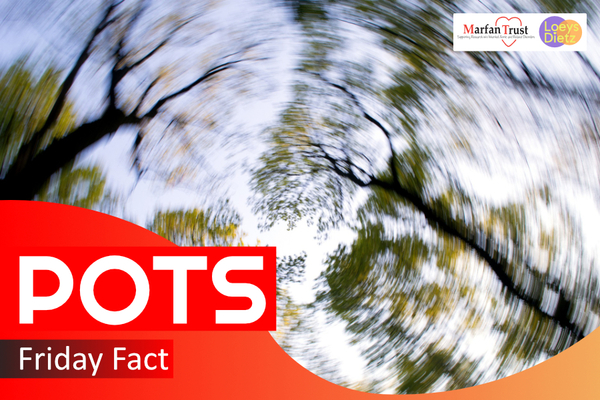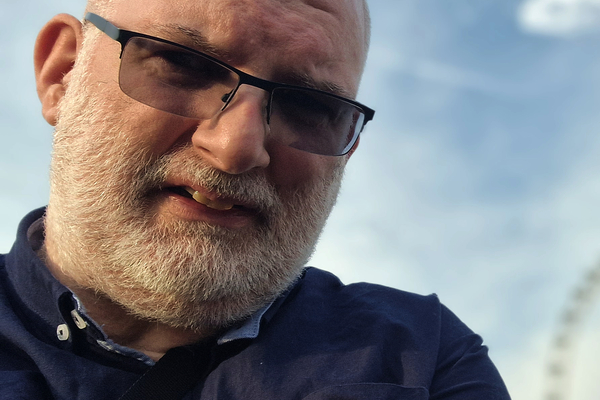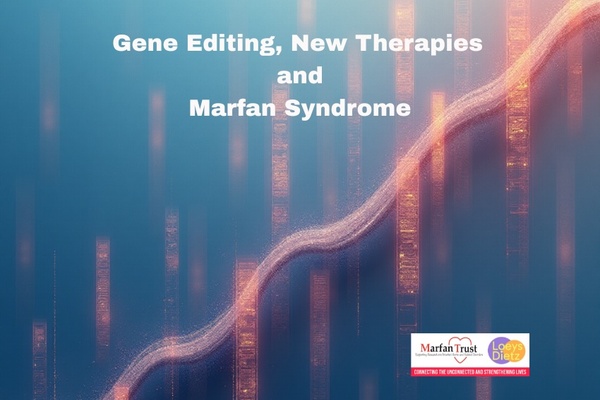Seemingly simple, the process of standing up after lying down or sitting is a complex gravity-defying move. It can lower the blood pressure & accelerate the heart rate, causing dizziness. When this feeling is sustained, it may be something called POTS ...
POTS is an abbreviation of Postural Orthostatic Tachycardia Syndrome. It is a collection of medical signs and symptoms that, when seen together can lead to a unified diagnosis. However, a specific cause for the syndrome might not be identified.
Put simply, POTS is when your heart rate rises rapidly when you move from lying or sitting to standing. The quick rise in your heart rate can make you feel dizzy or lightheaded, some people can actually faint when they stand up, people might also feel very tired, feel a racing heart rate and can have other symptoms like tummy pain or nausea.
At present, the exact cause of POTS is unknown but there is an established link between hypermobile Ehlers Danlos (HEDS) and POTS. HEDS is a connective tissue disorder caused by a problem with the collagen in the body.
A link between MFS and POTS is not proven but a recent paper in the Journal of the American Heart Association reported a 4.9% incidence of POTS in MFS, they used a large dataset of inpatients in the US over 10 years (2005-2014) to look at this (Wafa et al, 2022). More research is needed to investigate a possible link further.
Diagnosis is usually made by a specialist after physical examination and a range of tests that might include ECG, Echo, Standing Test or Tilt Table Test, Urine test, blood tests.
The NHS website has some useful info about how to manage symptoms. Treatment of POTS often involves lifestyle changes, there are some medications available, but they are usually only prescribed by specialists after a trial of non-pharmalogical interventions.
- Remain well hydrated
- Avoid too much alcohol or caffeine
- Don’t get too overheated
- Take gentle exercise like walking, swimming (try not to do NO exercise as this can be counterproductive)
- Keep a diary of your symptoms, you may see a pattern appearing and work out what makes them worse
- Don’t get up from lying or standing too quickly, take your time
Other resources
https://www.nhs.uk/conditions/postural-tachycardia-syndrome/
Frequency of Arrhythmias and Postural Orthostatic Tachycardia Syndrome in Patients With Marfan Syndrome: A Nationwide Inpatient Study (JAHA, 2022)
Syed Emir Irfan Wafa, C. Anwar A. Chahal, Hiroyuki Sawatari, Mohammed Y. Khanji, Hassan Khan, Babken Asatryan, Raheel Ahmed, Saurabh Deshpande, Rui Providencia, Abhishek Deshmukh, Anjali Tiku Owens, Virend K. Somers, Deepak Padmanabhan and Heidi Connolly
Accessed at - https://www.ahajournals.org/doi/full/10.1161/JAHA.121.024939









